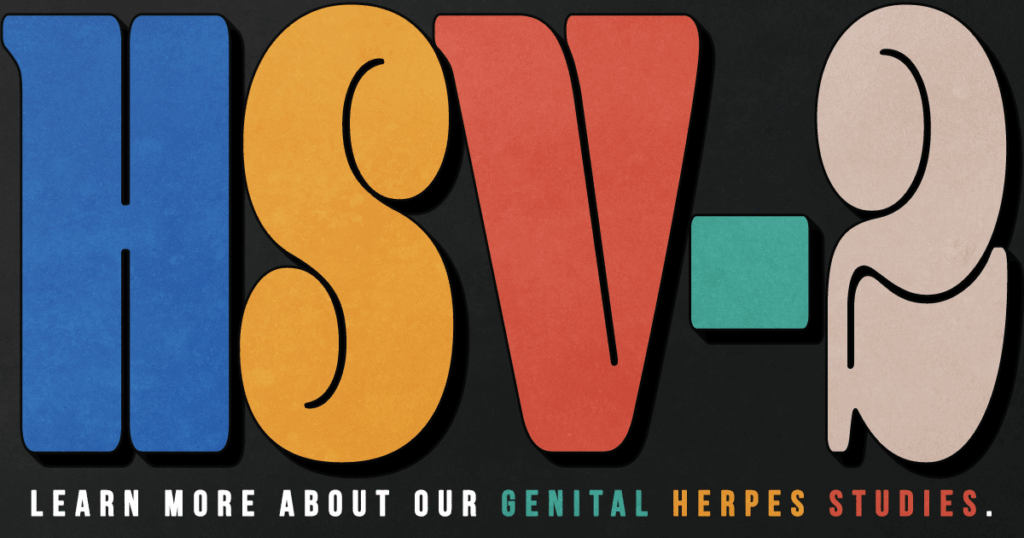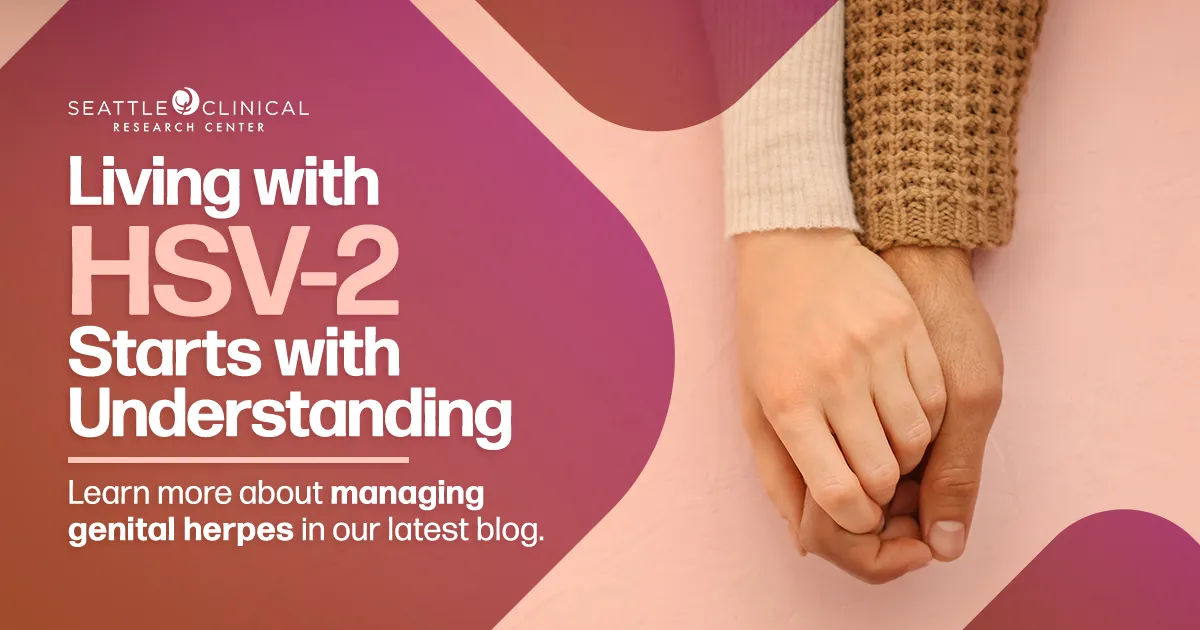Navigating Genital Herpes: Facts and Figures
An HSV-2 diagnosis can feel isolating and overwhelming, but you are far from alone. Herpes Simplex Virus Type 2, commonly known as genital herpes, is a widespread condition affecting millions globally. Understanding the statistics can help normalize your experience and reduce the stigma often associated with the virus. In the United States, the CDC reports that about one in every eight people aged 14 to 49 years has genital HSV-2 infection. While these numbers highlight its prevalence, many people with HSV-2 may not even know they have it, as symptoms can be mild or mistaken for other skin conditions. Education is the first step toward effective management and peace of mind.
Tips for Handling HSV-2 Flare-Ups
Managing HSV-2 flare-ups is a key aspect of living comfortably with the condition. While there’s no cure, various strategies can help reduce the frequency, duration, and severity of outbreaks.
• Antiviral Medications: Prescription antiviral drugs like acyclovir, valacyclovir, and famciclovir are highly effective. They can be taken at the first sign of an outbreak to shorten its course or daily as suppressive therapy to prevent outbreaks altogether. Discuss the best regimen for you with your healthcare provider.
• Stress Reduction: Stress is a known trigger for herpes outbreaks. Incorporating stress-reducing activities into your daily routine, such as meditation, yoga, regular exercise, or hobbies, can be beneficial.
• Immune System Support: A strong immune system can help your body keep the virus in check. Ensure you’re getting adequate sleep, eating a balanced diet rich in vitamins and minerals, and considering supplements like L-lysine (after consulting your doctor).
• Avoid Triggers: Pay attention to what might trigger your outbreaks. Common culprits include excessive sun exposure, friction from tight clothing, illness, and certain foods or drinks. Keeping a journal can help identify personal triggers.
• Topical Treatments: Over-the-counter creams containing lidocaine or benzocaine can help alleviate pain and itching during an outbreak. Cool compresses can also offer relief.
Protecting Your Partner: Open Communication and Safe Practices
One of the most significant concerns for individuals with HSV-2 is protecting their partners. Open, honest communication is paramount and forms the foundation of a responsible and respectful relationship.
• Disclose Your Status: It’s crucial to inform potential sexual partners about your HSV-2 status before engaging in sexual activity. This gives them the opportunity to make an informed decision. While this conversation can be daunting, it builds trust and shows respect.
• Practice Safe Sex: Consistent and correct use of condoms can significantly reduce the risk of transmission, though it doesn’t eliminate it entirely, as herpes can be present on areas not covered by a condom.
• Avoid Sex During Outbreaks: The risk of transmission is highest when visible sores or symptoms are present. Refraining from sexual activity (including oral sex) during an outbreak is highly recommended. Even without visible sores, shedding of the virus can occur, so suppressive therapy is a vital protective measure.
• Suppressive Therapy: If you are sexually active, daily antiviral medication (suppressive therapy) can reduce the frequency of outbreaks and significantly lower the risk of transmitting the virus to your partner. Studies show suppressive therapy can reduce transmission rates by up to 90%.

The Future of Treatment
Research is opening doors to better ways of managing HSV-2. From exploring new therapies to improving current care, clinical studies are working toward more effective treatment options. Be part of the progress and explore our genital herpes studies today.

